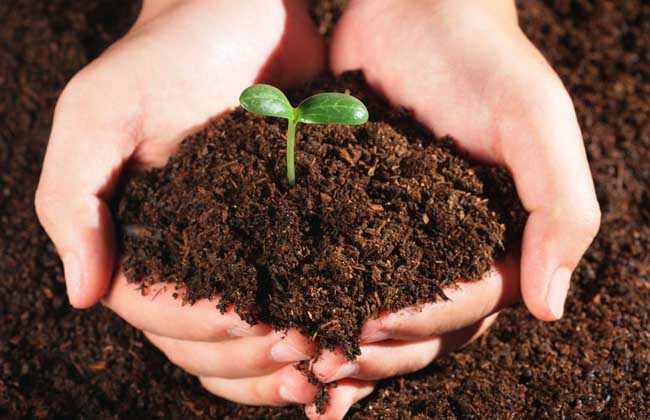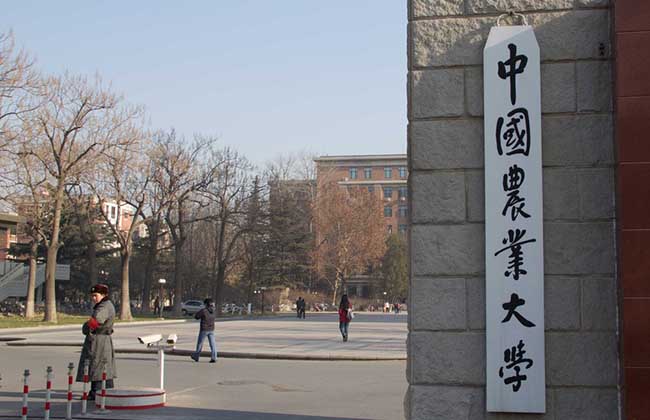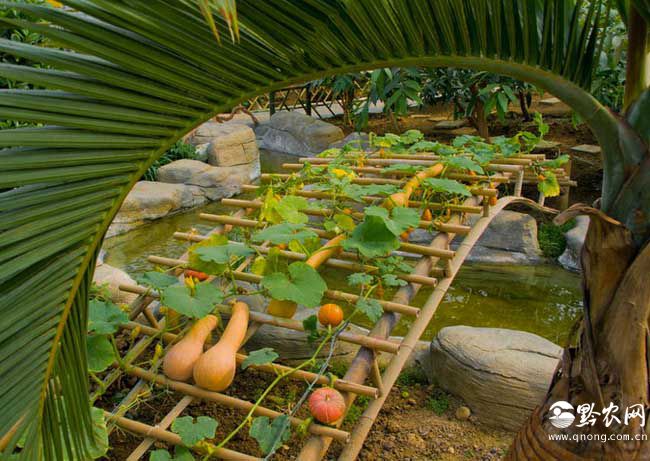Classification and prevention of soil pollution

Soil pollutants can be divided into two categories: inorganic pollutants and organic pollutants. Inorganic pollutants mainly include acid, alkali, heavy metals, salts, radioactive elements, compounds containing arsenic, selenium, fluorine and so on. Organic pollutants mainly include organic pesticides, phenols, cyanide, petroleum, synthetic detergents and harmful microorganisms caused by municipal sewage, sludge and barnyard manure.
Inorganic pollution of soil
1. Industrial sewage: irrigating farmland with untreated or substandard industrial sewage is the main way for pollutants to enter the soil, and the consequence is the formation of pollution zones on both sides of the irrigation canal system, which is a closed limited pollution.
2. Acid rain: harmful gases such as SO2 and NO emitted by industry react in the atmosphere to form acid rain, which enters the soil in the form of natural precipitation and causes soil acidification. The metal oxide dust emitted from the chimney of the metallurgical industry enters the soil in the form of dust reduction under the action of gravity, forming spot pollution with a radius of 2 to 3 kilometers with the sewage plant as the center.
3. Tail gas emission: tetraethyl lead, an antiknock agent added to gasoline, is discharged from contaminated soil with exhaust gas, and obvious lead pollution zones are often formed on both sides of highways with high driving frequency.
4. Accumulation: the soil in the accumulation site is directly polluted, and the secondary diffusion under natural conditions will form a larger range of pollution.
5. Agricultural pollution: agricultural pollution belongs to the openness of agricultural areas.
Organic pollution of soil
1. Sewage discharge: domestic sewage and industrial wastewater contain nitrogen, phosphorus, potassium and many other nutrients needed by plants, so rational use of sewage to irrigate farmland generally has the effect of increasing production. However, the sewage also contains many toxic and harmful substances, such as heavy metals, phenols, cyanide and so on. if the sewage is not treated and directly used in farmland irrigation, it will bring the toxic and harmful substances in the sewage to the farmland and pollute the soil.
2. Exhaust gas: the harmful gas in the atmosphere is mainly the toxic waste gas discharged from industry, which has a large pollution surface and will cause serious pollution to the soil. Harmful gases enter the soil through sedimentation or precipitation, causing pollution. For example, the waste gas from non-ferrous metal smelters contains heavy metals such as chromium, lead, copper and cadmium, which pollute the nearby soil. Factories that produce phosphate fertilizer and fluoride will cause dust pollution and fluoride pollution to the nearby soil.
3. Chemical fertilizer: the application of chemical fertilizer is an important measure to increase agricultural production, but unreasonable use will also cause soil pollution. Long-term and large-scale use of nitrogen fertilizer will destroy soil structure, cause soil consolidation, worsen biological properties, and affect the yield and quality of crops. Excessive use of nitrate nitrogen fertilizer will make feed crops contain too much nitrate, hinder the transport of oxygen in livestock, make them sick and seriously lead to death.
4. Pesticides: pesticides can control diseases, insects and weeds, and proper use can ensure the yield increase of crops, but they are also a kind of soil pollutants with great harmfulness. Improper application will cause soil pollution. About half of the pesticides sprayed on objects are absorbed by plants or escape into the atmosphere, and about half of them are scattered in farmland. This part of pesticides and pesticides directly applied in the field constitute the basic source of pesticides in farmland soil.
5. Solid pollution: industrial waste and municipal solid waste are solid pollutants in soil. For example, all kinds of agricultural plastic film are widely used as greenhouse and plastic film mulch. If the management and recovery are not good, a large number of residual film fragments will be scattered in the field, which will cause farmland "white pollution". Such solid pollutants are not easy to evaporate and volatilize, and are not easy to be decomposed by soil microorganisms. it is a kind of pollutant that stays in the soil for a long time.
Prevention and control of soil pollution
1. Scientific sewage irrigation: industrial wastewater has a wide variety and complex compositions. the wastewater discharged from some factories may be harmless, but when mixed with the wastewater discharged from other factories, it becomes toxic wastewater. Therefore, before using waste water to irrigate farmland, purification treatment should be carried out in accordance with the standards stipulated in the Water quality Standard for farmland Irrigation, which not only makes use of sewage, but also avoids soil pollution.
2. Rational use of pesticides: rational use of pesticides, which can not only reduce soil pollution, but also economically and effectively eliminate diseases, insects and weeds, and give full play to the positive efficacy of pesticides. In production, we should not only control the dosage, application range, spraying times and spraying time of chemical pesticides, improve spraying technology, but also improve pesticide dosage forms, strictly restrict the use of highly toxic and high residual pesticides, and attach importance to the development and production of low toxic and low residual pesticides.
3. Rational application of chemical fertilizer: according to the characteristics of soil, climate and the growth and development of crops, formula fertilization should be applied to strictly control the scope and amount of toxic chemical fertilizer. Increasing the application of organic fertilizer and increasing the content of soil organic matter can enhance the adsorption capacity of soil colloid to heavy metals and pesticides. Such as brown humic acid can absorb and dissolve trichlorobenzene herbicides and some pesticides, humus can promote the precipitation of cadmium and so on. At the same time, the increase of organic fertilizer can also improve the flow conditions of soil microorganisms and accelerate the process of biodegradation.
4. application of chemical modifiers: the application of inhibitors in soils slightly polluted by heavy metals can transform heavy metals into insoluble compounds and reduce the absorption of crops. Commonly used inhibitors are lime, alkaline phosphate, carbonate, sulfide and so on. For example, the application of lime or alkaline furnace ash in acidic and slightly acidic soils polluted by cadmium can convert active cadmium into insoluble substances such as carbonate or hydroxide, and the improvement effect is remarkable.
Related
- A course of planting techniques and methods on how to grow carrots
- How to plant the latest tulips?
- Is it better to pick tea in the morning or in the afternoon? When is the best time for tea to be picked? what is the third or fifth tea?
- Launch Yuanxiao Happy combination Haocha + Tea Yuan healthy Taste
- Penghu Tourism "Fireworks 20 Parade with You"
- 2022 West Lake Happiness holds "Digital Revitalization Voucher" and draws iphone13 and laptop.
- Banqiao Fuzhou social houses are designed to change start-up combined with police elimination to create a safe and livable environment
- The convenient measure of "mechanical weeding" in Xinbei has been abused and the Agriculture Bureau has imposed heavy penalties on the illegal land consolidation.
- Changgeng University Joins Hands with Four Memory Factories to Rescue Memory Talent Shortage
- The list of Taiwan's top 100 MVP managers is listed by the Director-General of the Farmers' Association of Sanxia District.



